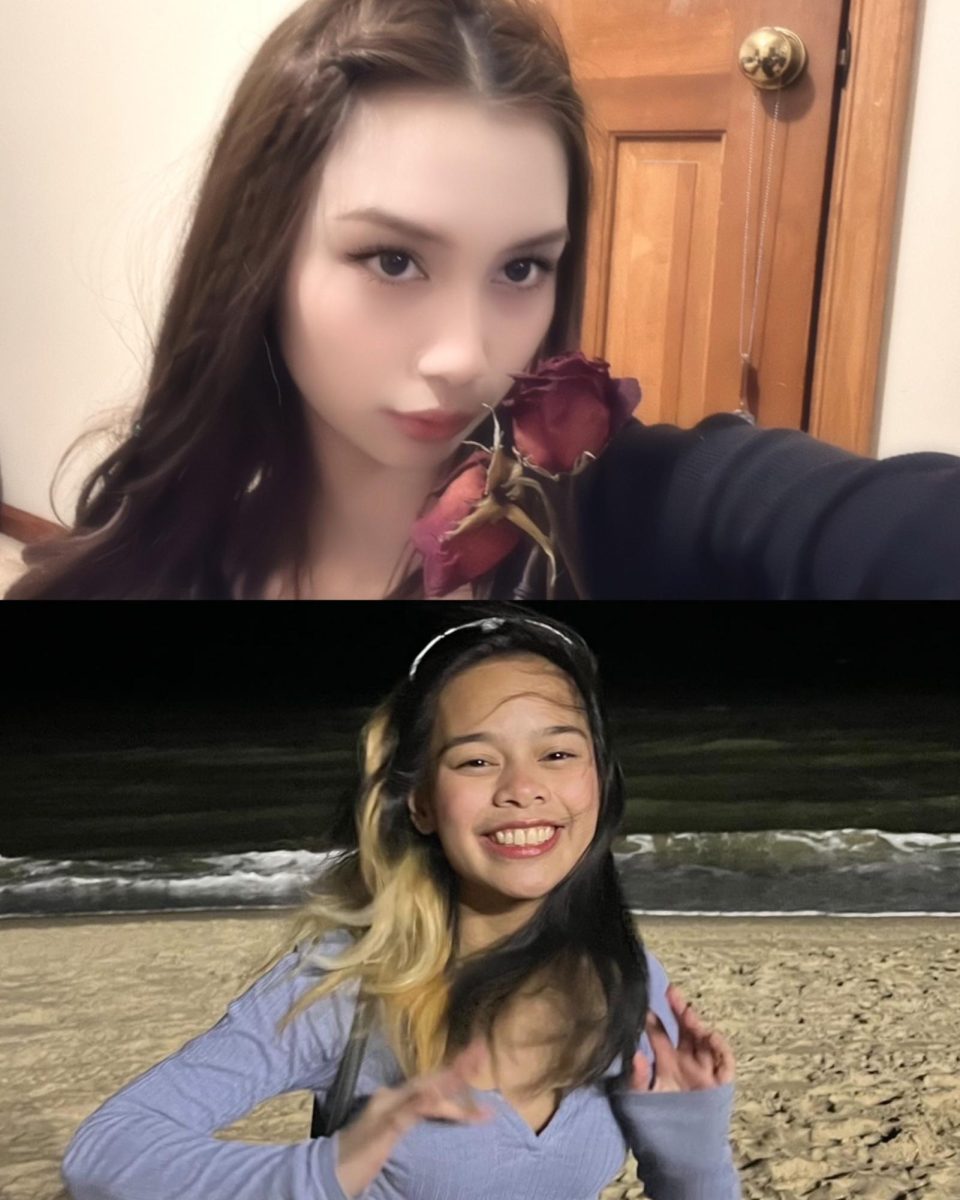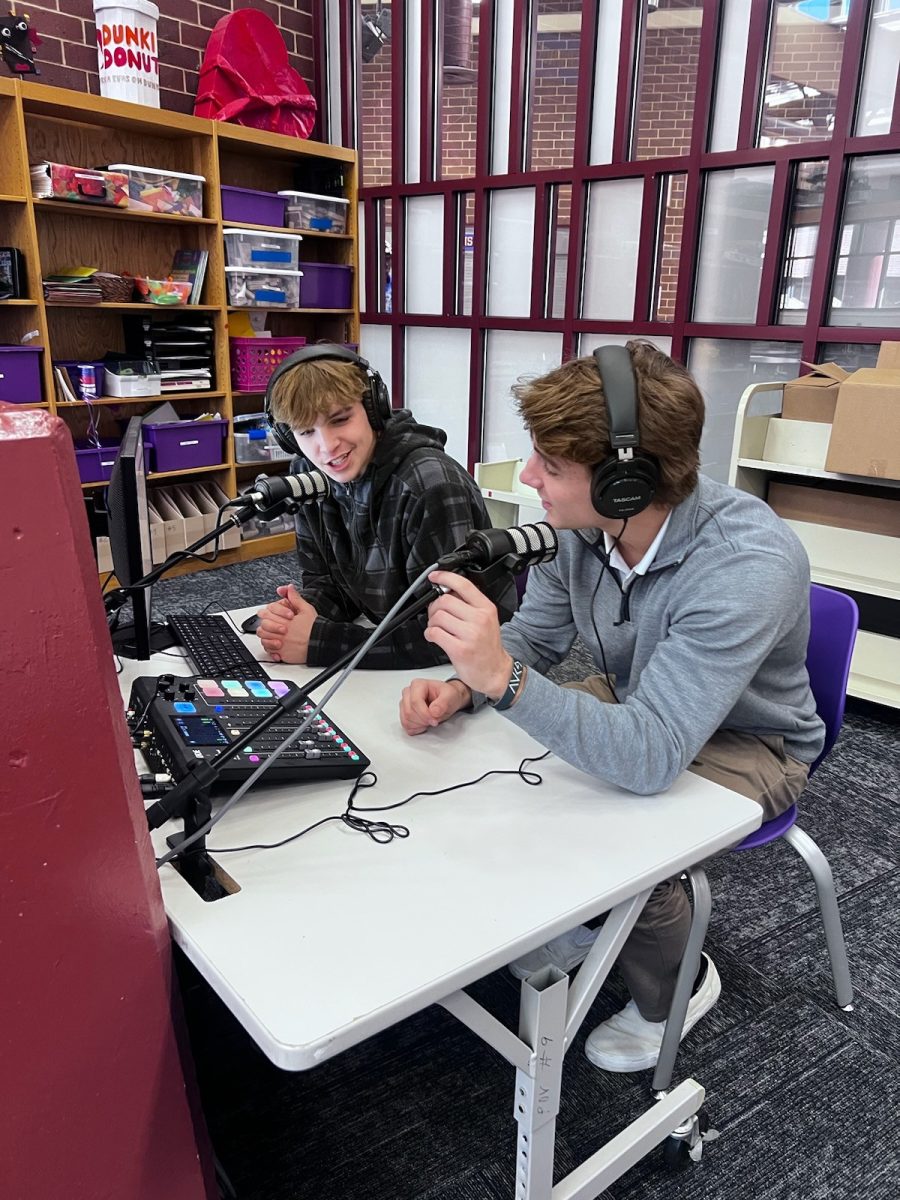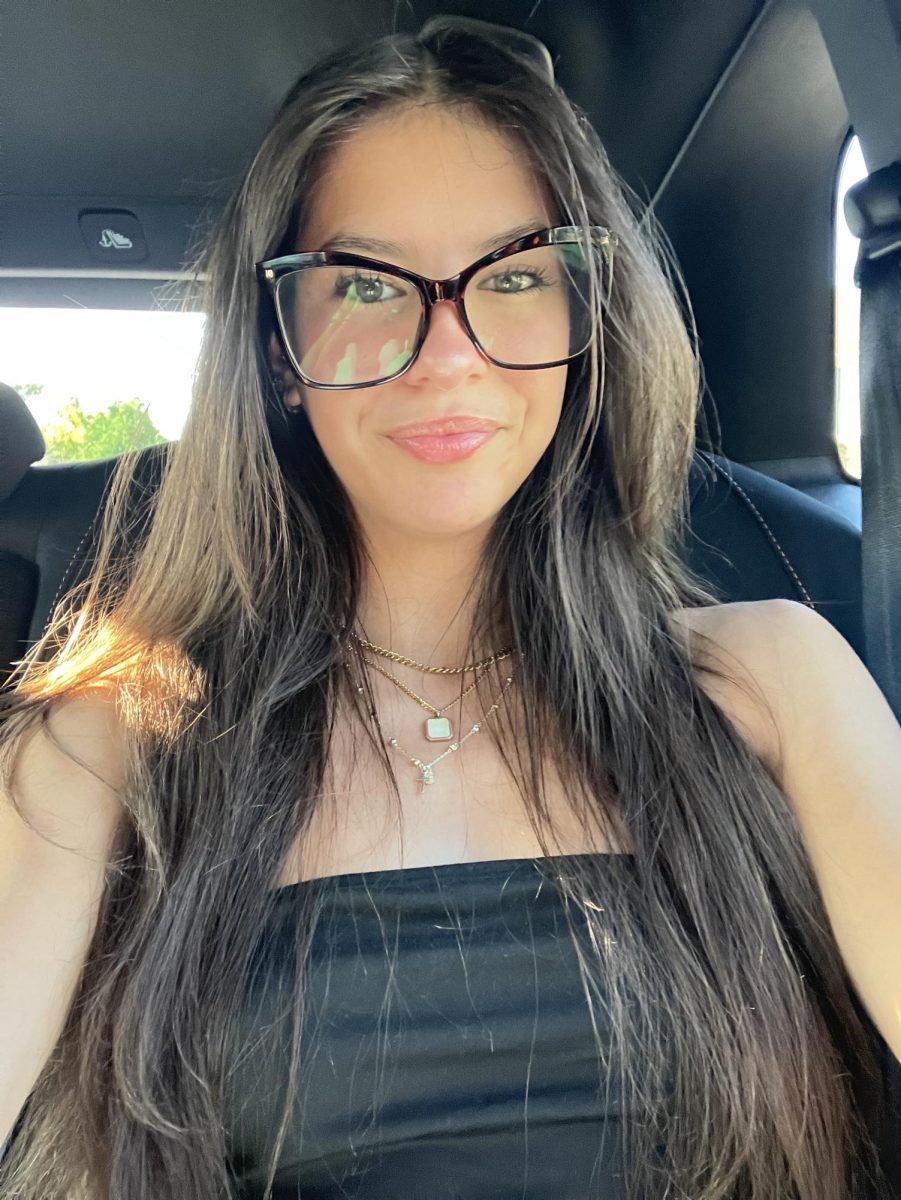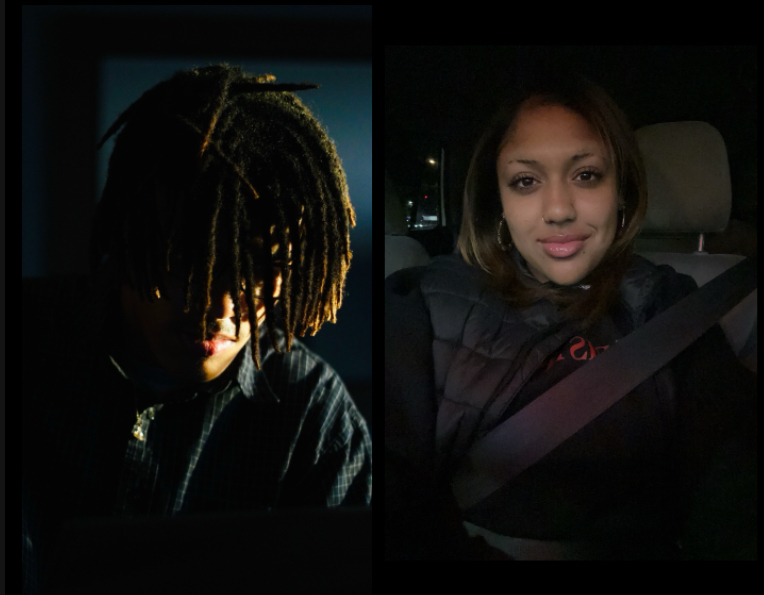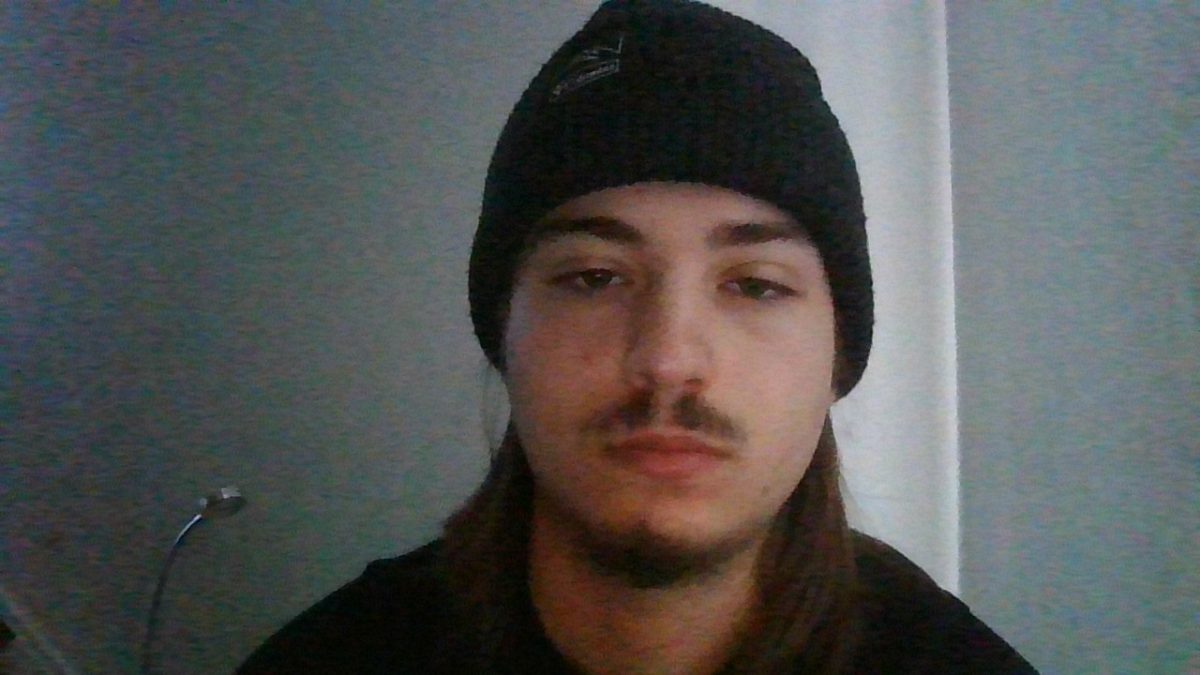Many students use artificial intelligence, like Chat GPT, to help complete their homework assignments. With A.I. growing in popularity it’s important to draw the line in the sand between original and plagiarized works in both schools and everyday life. A.I. allows computers to imitate humans and generate art. A.I. generators train themselves on a collection of images to produce new pictures. Because of this, copyright issues have led to concerns over who owns the rights to an A.I.-generated image and how the livelihood of artists will be affected. Will the increasing usage of A.I. lead to the downfall of talented artists and human creativity?
A.I. art lacks originality and human creativity because it relies on pre-existing art and text. The technology samples everyone else’s work and then mashes it into something else. Artificially generated art also lacks the emotional connection and personal touch of human-created art since it removes the brainstorming and revision process. This leads to images looking boring, predictable, and soulless.
A.I.-generated databases have billions of images that have been scraped off the internet. It relies solely on public domain images and the copyright-protected art of countless artists. Then the images are copied and processed without a license. This allows random people and corporations to profit from the original artists without doing any work themselves.
Many people appreciate and embrace A.I. tools and the “creativity” they unleash. A.I. allows regular people, whether they have an artistic ability or not, to express themselves through the work of images and color. However, the generated image still lacks the expressiveness and emotion that a piece created by a human would have. Art is not just about the end piece, but also the process and intention behind each stroke. Though A.I. has room for improvement and innovation, the machines will continue to steal work from numerous artists to train themselves. Since A.I. is its own type of art, art’s nature will eventually evolve with A.I. but will still cause distress for many artists and creators.
Artificially-generated art doesn’t only affect the ethics and legality of true art, but also the talent and skill of real artists. It devalues illustrations and society will begin to think that artificially generated work is as valid as art created by people who have spent years developing their talent. Because of the growing popularity of artificial intelligence, many artists fear they could be replaced or are currently being replaced, affecting their livelihood and salary.
Even though it may not be possible to bring the use of A.I.-generating art services to an end, it’s important to understand the dedication and emotion artists put into their pieces. Work that dedicated artists and creators put all of their blood, sweat, and tears into will be the only considered true form of art.

